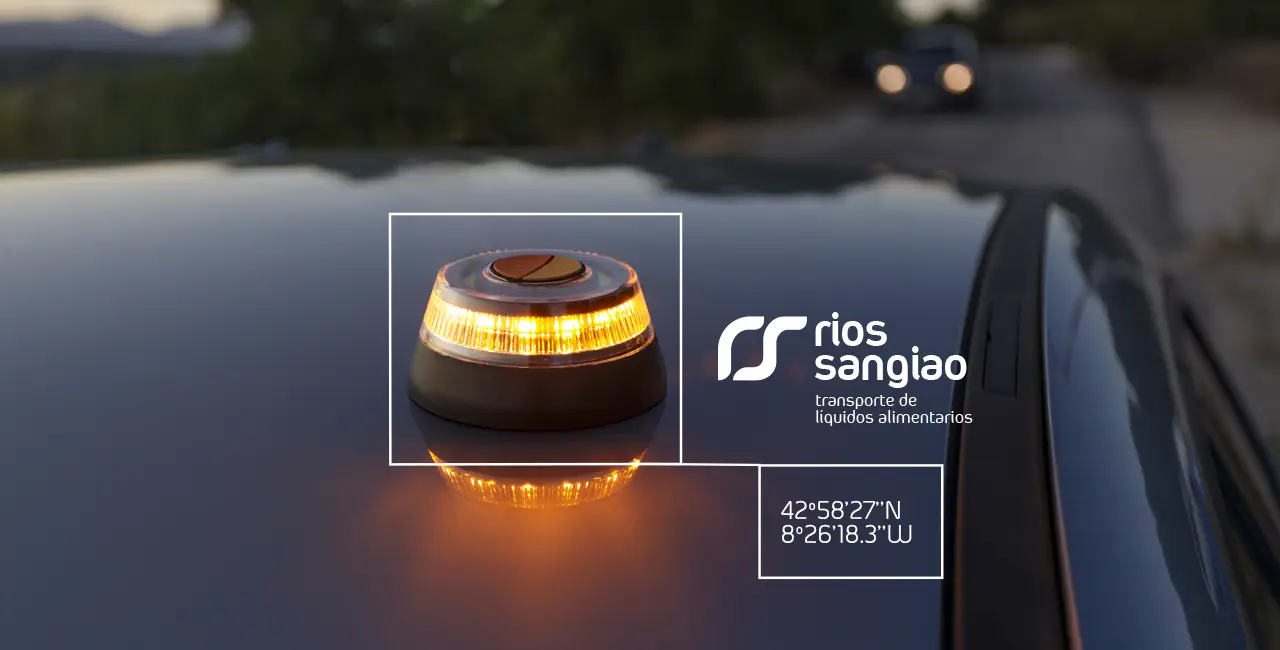
If you don't have one, start looking for one because stocks are expected to run out towards the end of the year. From 1 January 2026, all passenger cars, adaptable mixed-use vehicles, goods vehicles and non-special vehicle combinations must have one of these beacons to signal in an emergency.
Logically, all our vehicles already have this signalling system, as at Rios Sangiao we believe that the professional transport of liquid foodstuffs means that the safety protocols we apply must be more stringent than the legislation.
When asked whether the beacons sold to date are valid, the answer is very Galician: IT DEPENDS.
The DGT establishes the mandatory requirement for geopositioning and connectivity of the beacon with Traffic Control Centres, something that many older models in circulation do not have (especially basic models), meaning that they will not comply with the legislation and must be replaced.
It must be carried in the glove compartment or somewhere accessible without leaving the passenger compartment and, in an emergency, it must be placed on the roof or in a visible area of the vehicle within reach, only leaving the vehicle if we have first ensured that it is safe to do so.
The DGT (Spanish Traffic Authority) has published a list of devices approved in accordance with regulations on its website, along with a series of frequently asked questions and answers about the use of this type of beacon.



This has been the work of Sr. Concejo

